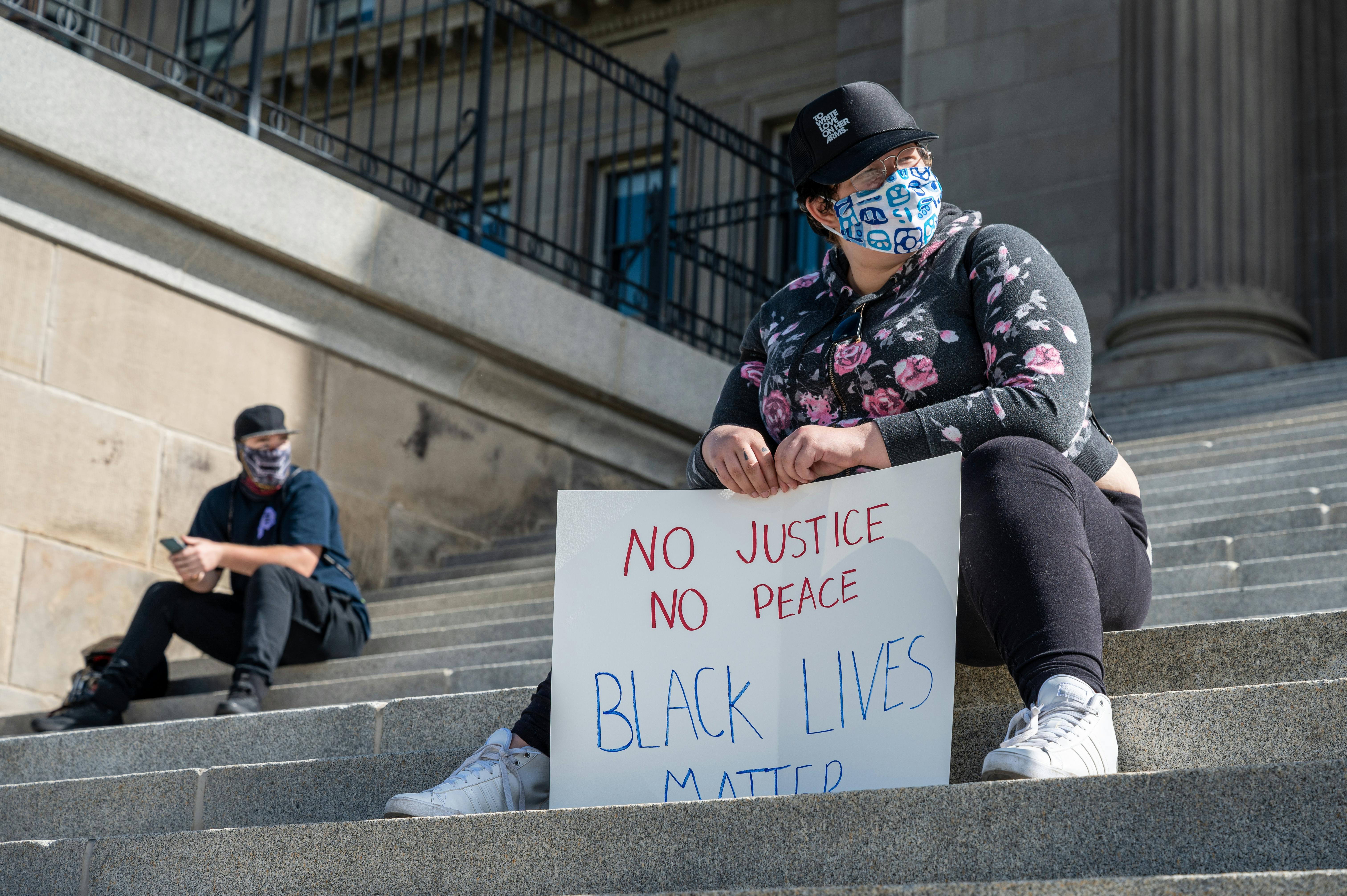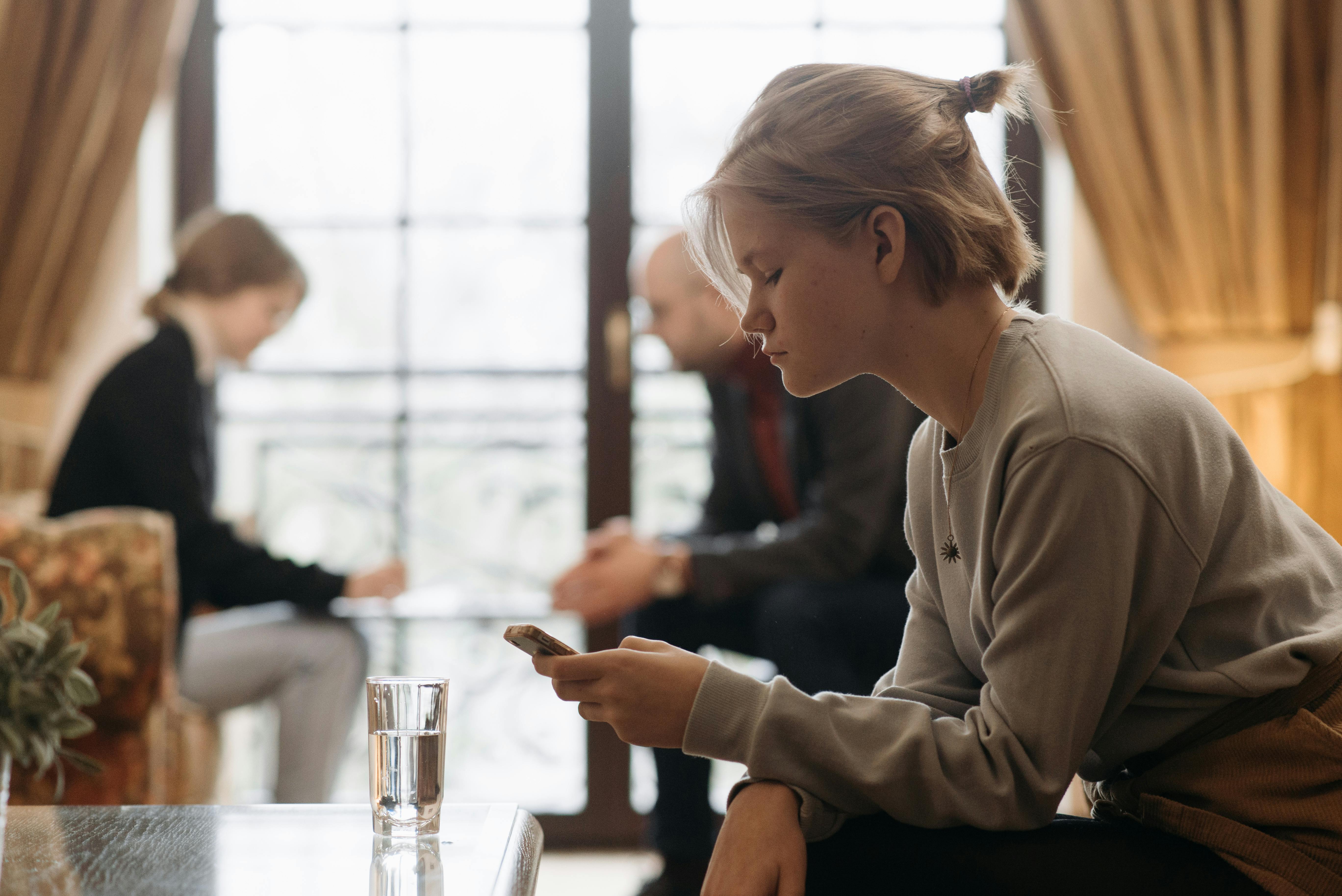About a decade ago, Philip Martinez was involved in a motorcycle accident in which the nerves in his left hand were destroyed, leading to amputation. However, after the amputation, his amputated hand haunted him, as if it still existed, but he was motionless and in excruciating pain. He eventually found Dr. VS Ramachandran, a neuroscientist at the University of California, San Diego, who had been researching the phenomenon Martinez was experiencing: “phantom limbs.”
To help amputees deal with their phantom pain, Ramachandran created an ingenious solution called a mirror box, designed to trick the brain into thinking it’s working with the phantom limb. It is an uncovered box with two compartments separated by a vertical mirror. As Martinez placed his good arm in one of the two compartments and imagined that his amputated hand was in the other compartment, from a certain angle the mirror box allowed him to see the reflected image of his good hand, as if his amputated limb were there. . As he moved his good hand while looking at the reflected image, he could not only “see” the amputated limb, but also feel it. This seems almost as magical as a fantasy. In Harry Potter and the Philosopher’s Stone, Harry first saw the Philosopher’s Stone in his pocket through the Mirror of Erised, before finding it in his pocket. Similarly, Ramachandran’s mirror box allows someone to see what he wants to happen before his brain makes it happen.
At first, Martinez felt the phantom limb thaw and move again just by looking at the reflection; when he closed his eyes, the painful sensation returned. After four weeks of working on the box for ten minutes a day, the seemingly permanent pain was gone. The mirror box had tricked the brain into believing that the non-existent limb had begun to function again, alleviating the pain and discomfort. The brain had reconfigured itself: the body faked it until the brain did.
Neuroplasticity is the characteristic of the brain that allows it to adapt, rewire and change its structure, similar to the ability of plastic to mold and change shape. The plastic brain challenges the long-standing theory that brains, especially adult brains, are rigid structures.
In the past, neurologists have done many studies to identify which part of the brain controls which bodily function or action, also known as brain mapping. The previously accepted belief was that these brain maps, once established during childhood, could never be changed; a particular area of the adult brain can control only a certain part of the body, so all regions of the brain maps were immutable. It would be as if the borders of countries had been permanently established since the beginning of time. However, the discoveries of neuroplasticity in the early 1970s led to an entirely new insight: brain maps can expand, shrink, and become more specific to certain sensory inputs and motor functions. Ramachandran witnessed changes in brain maps when he scratched the cheek of a patient experiencing phantom pain. The patient not only felt the scratch on the cheek, but also on the phantom limb. Confirmed through brain imaging, Ramachandran concluded that the brain map from the limb had been mixed up with the brain map from the cheek. Like an emperor with an avid desire to gain territory, the cheek map was encroaching on the limb map.
Before designing the illusory mirror box, Ramachandran discovered the brain map of phantom limbs. He observed that many amputees had the limb in a sling prior to amputation, which caused the brain map to adapt to the “frozen” state of the limb. From a healthy limb, the brain receives motor and sensory signals that signal the completion of an action; however, after limb amputation, the brain no longer receives these messages. The brain therefore continues to think that the limb is frozen because the opposite was not reported. If a tree fell in a forest but no one was there to hear the sound, did the tree really make a sound? Was the limb really amputated if the brain wasn’t told? According to the brain map, the limb was still there, but because it wasn’t responding, the brain was working harder and harder to try to receive an output signal, leading to excruciating “phantom” pain. Knowledge of changing brain maps combined with identification of the phantom map led to a cure for phantom pain.
Apart from the mirror box, another “trick” to change the brain is visualization. Visualization has gained popularity as an alternative way to improve any skill when you can’t practice it, and has now been scientifically proven through neuroplasticity. The scientist Pascual – Leone of Harvard Medical School studied two groups of people, those who physically practiced the piano and those who simply imagined themselves practicing the piano. The brains of both groups of people were consistently mapped at the same intervals and showed similar changes. The group that simply imagined playing the piano were able to play almost as well as the physically practiced group, needing only one physical practice session to catch up. Repetitive imagination of an action strengthens the neural connections of that action in a similar way that physical practice does, resulting in physical enhancement.
When I used to train for competitive tennis and was learning a new shot, my coach would tell me, “Imagine this shot in perfect detail several times and it will come easier.” I didn’t appreciate the advice he gave me until now. “Fake it ’til you make it” seems to have the potential to help anyone with anything, whether it’s through the mirror box or visualization. Neuroplasticity is bringing magic to the world of science, like a sprinkle of fairy dust from Tinkerbell.




